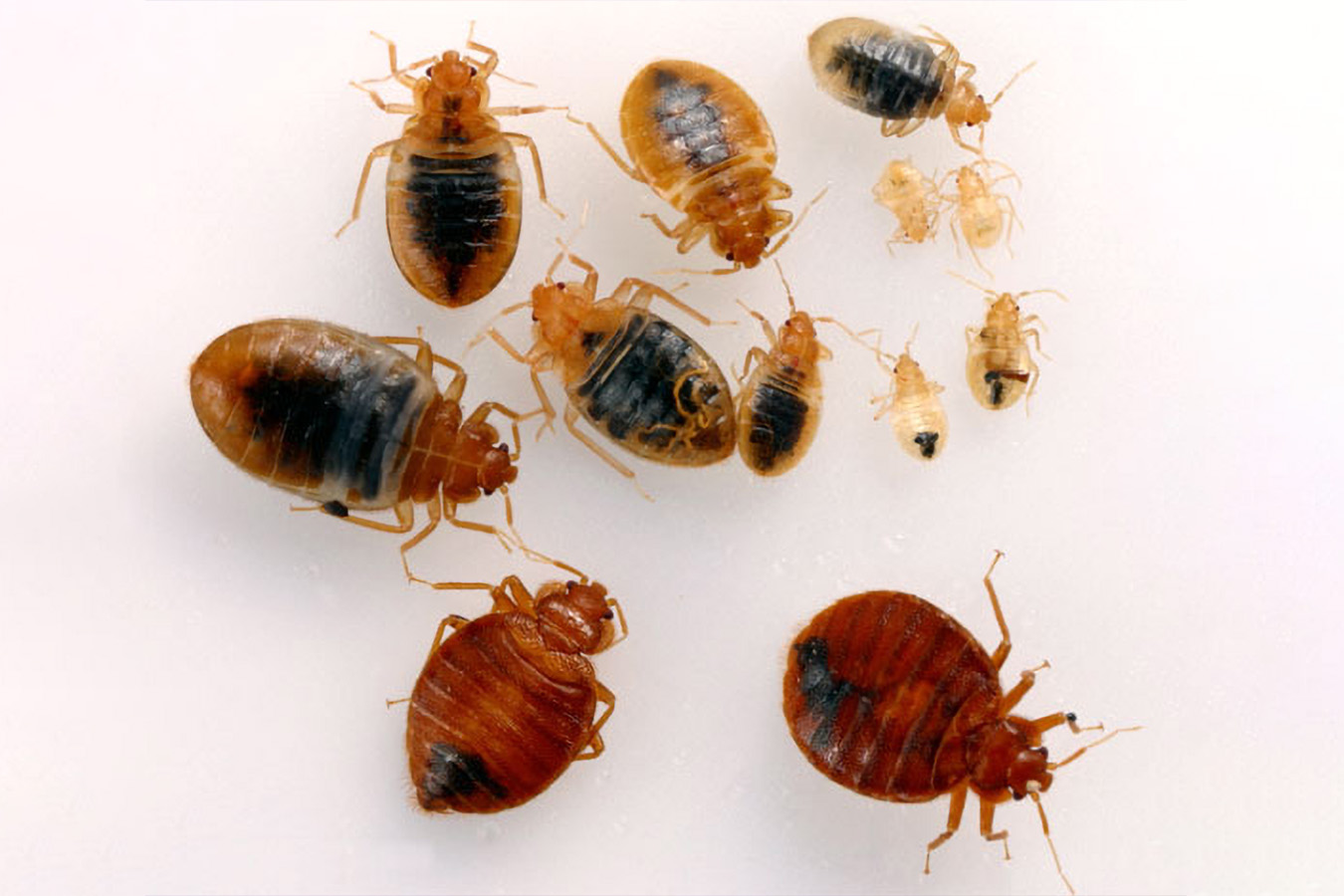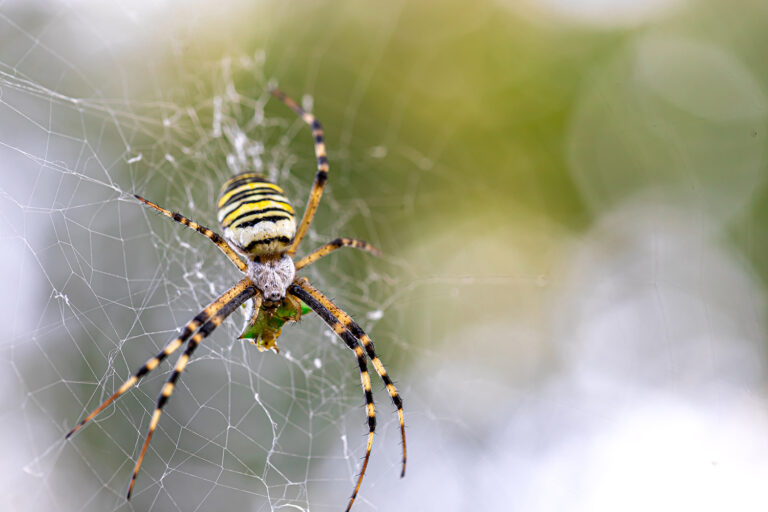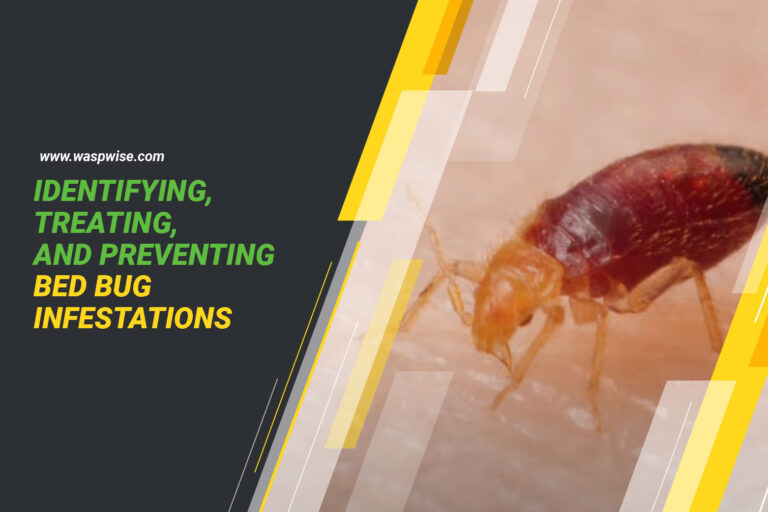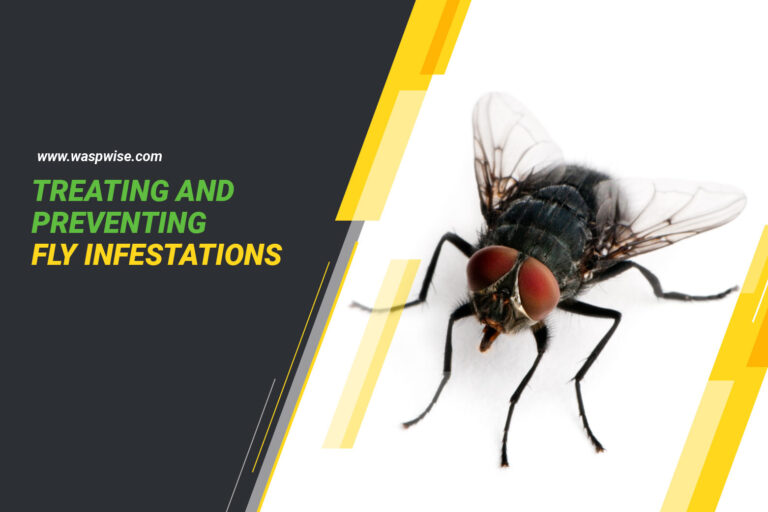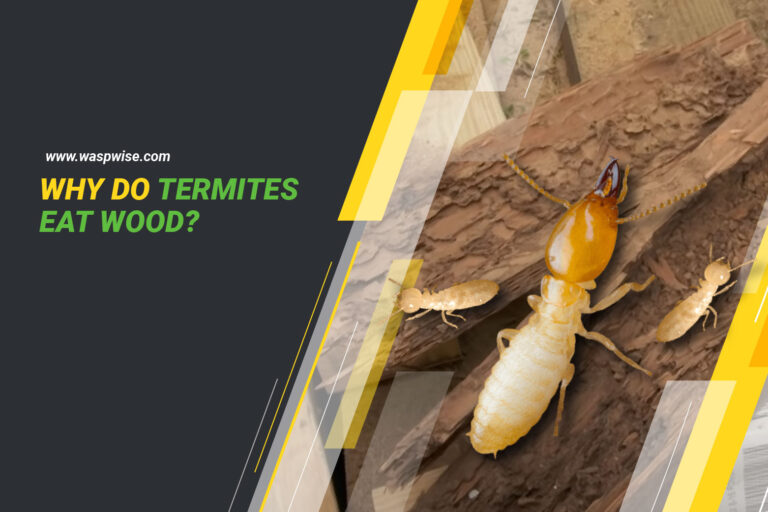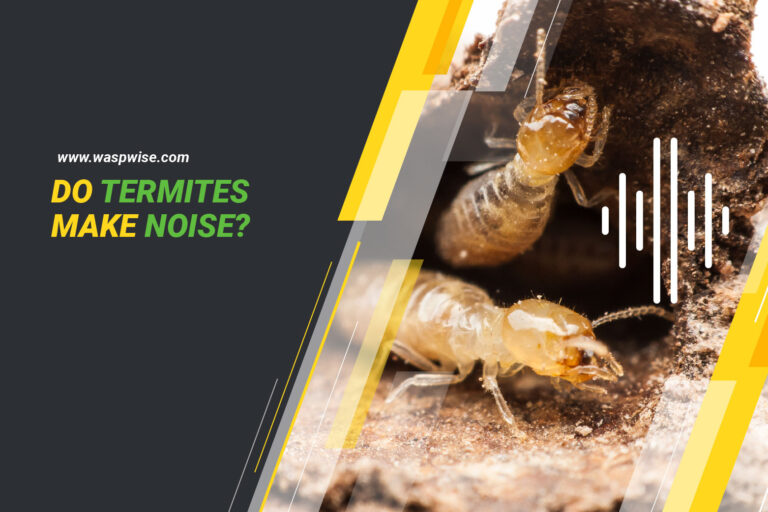THE LIFE CYCLE OF COMMON HOUSEHOLD PESTS AND HOW TO INTERRUPT IT
Have you ever noticed a bug scurrying across your kitchen floor or felt the eerie crawl of something on your skin? It’s a feeling no one enjoys and a sign that pests have made their way into your home. But what exactly is the life cycle of these common household pests? And how can you interrupt it to keep them from coming back?
The life cycle of common household pests can be confusing, but with the right knowledge, anyone can take control and protect their home. Unfortunately, many people don’t know the full extent of these creatures’ capabilities. From eggs to larvae to adult bugs, each stage has its own characteristics and behaviors that must be interrupted in order to prevent an infestation.
By understanding the different phases of a pest’s life cycle and which methods are most effective for each one, you’ll be able to stop them in their tracks. In this article, we’ll explore the life cycle of common household pests and how to interrupt it so you can enjoy your home without fear or worry.
UNDERSTANDING THE LIFE CYCLE OF HOUSEHOLD PESTS
Dealing with pests in the home can be a nightmare, like a horror movie playing out in real life. It’s often difficult to understand how these unwelcome guests make their way into our homes, and even more confusing to know how to get rid of them. Understanding the life cycle of household pests is key to interrupting it and having a pest-free home.
Each type of pest has its own unique lifecycle, but they all share certain commonalities. For example, all pests reproduce quickly and have short lifespans. To prevent an infestation, it’s important to understand each stage of the life cycle – from egg to adult – so that you can determine which methods are most effective for disrupting it.
Insecticides are one form of pest control that can help reduce the population by killing off adults before they lay eggs or larvae before they reach adulthood. However, this method does not always provide long-term protection against infestations since new pests may enter your home from other sources. To ensure complete prevention, it’s also important to identify and seal entry points such as cracks in walls or windowsills and eliminate food sources such as pet food or standing water.
BREEDING HABITS OF HOUSE PESTS
Each species has a unique set of breeding tendencies and behaviors, from ants and roaches to spiders and bed bugs. Here’s a quick look at four common house pest breeding habits that you should be aware of:
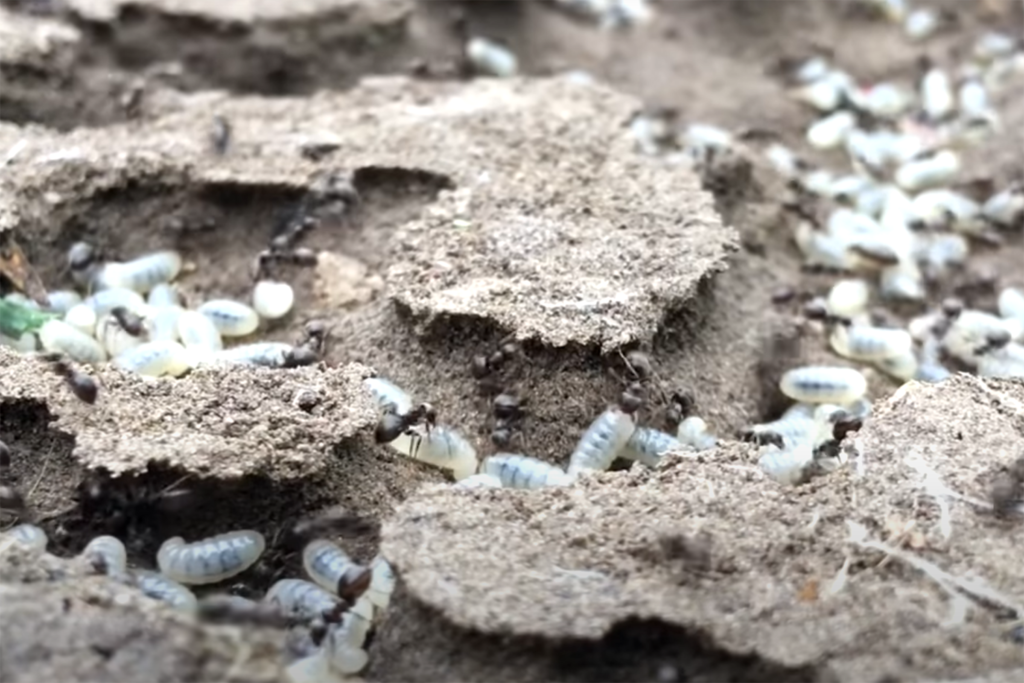
- Ants – typically establish colonies in warm, humid environments that are close to food sources. They reproduce in the summer months, with each colony having multiple queens that lay eggs in batches.
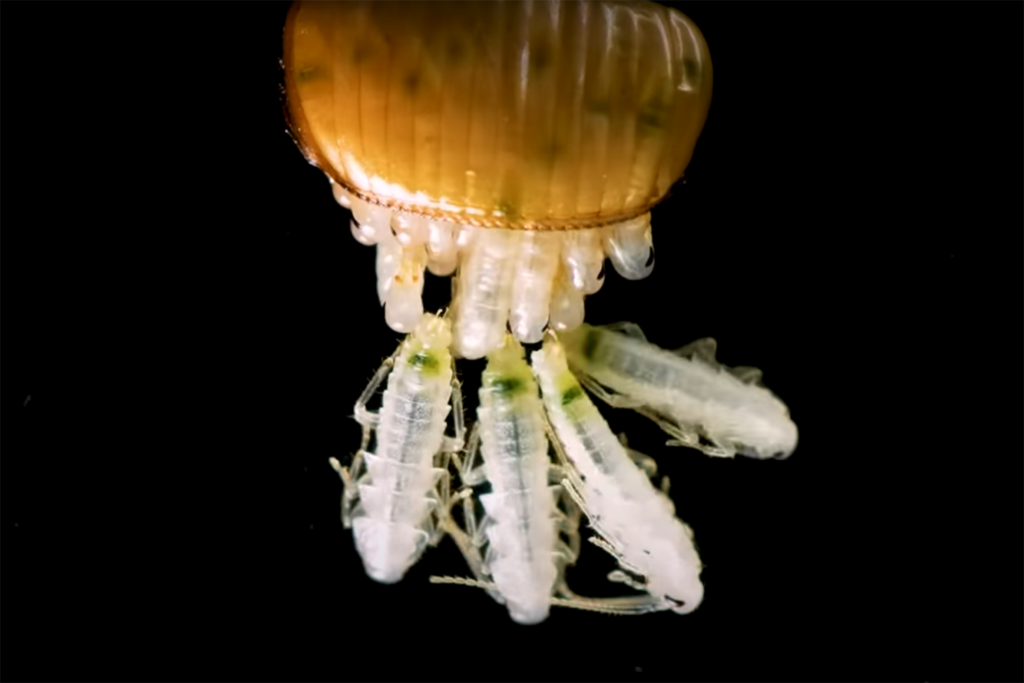
- Roaches – reproduce quickly and require a moist environment to survive. Each female can produce up to six egg capsules over her lifetime, which contain around 40 eggs each.
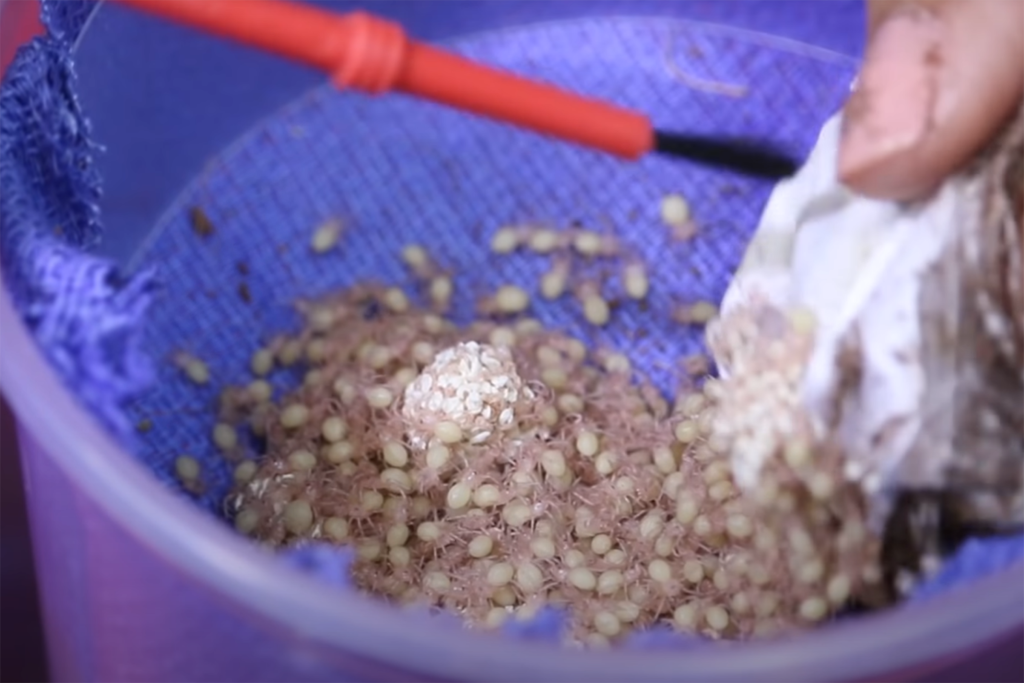
- Spiders – tend to live both indoors and outdoors. While they don’t have large populations like ants or roaches, they can still reproduce quickly, thanks to their ability to lay multiple egg sacs containing hundreds of eggs each.
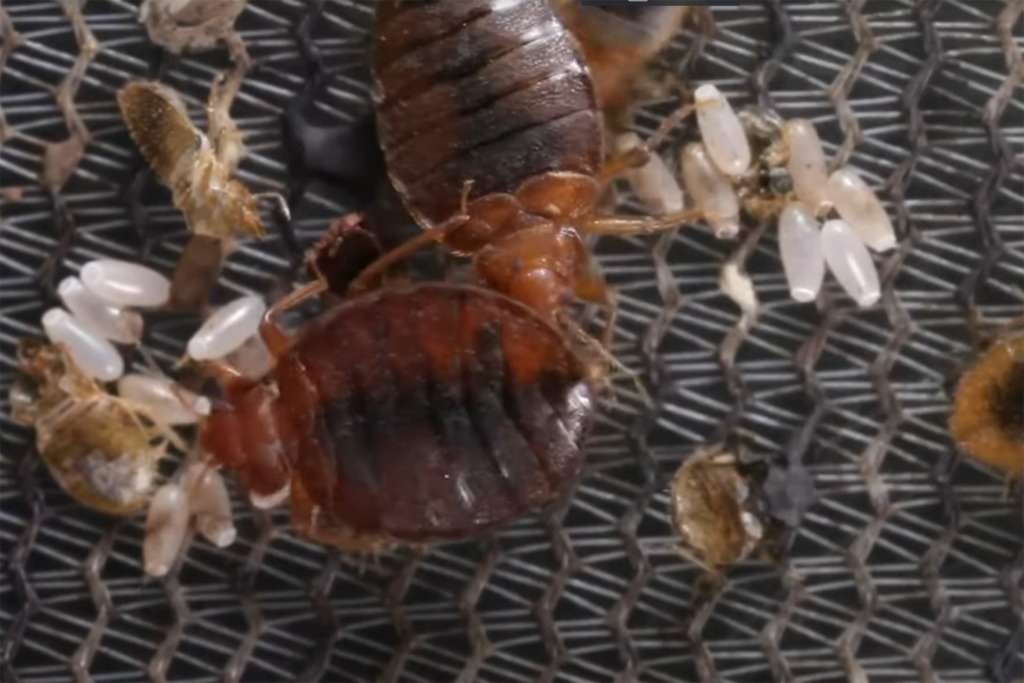
- Bed Bugs – Bed bugs are one of the most difficult pests to get rid of due to their ability to hide for extended periods. Female bed bugs can lay up to three hundred eggs over the course of her lifetime, so infestations can become severe if not addressed quickly.
Knowing household pests’ specific breeding habits is essential for effectively controlling them. To prevent an infestation from occurring, homeowners should take steps such as sealing cracks and crevices around windows and doors and reducing clutter throughout their homes as much as possible. Regularly inspecting your home for signs of pest activity is also recommended as part of an effective pest management strategy; early detection will ensure that any infestations are dealt with promptly before they become more serious problems.
Read our article about 10 Things That Attract Pests to Your House
ENVIRONMENTAL FACTORS THAT AFFECT PEST LIFE CYCLES
Numerous environmental factors impact pest life cycles. The climate, temperature, and availability of food sources can all play a role in the reproductive success of pests. From ants to bedbugs, it is important to understand the influence of these conditions on pest populations to interrupt their lifecycle.
To begin, let’s consider the effect of temperature on pest life cycles. Many pests will hibernate or migrate during winter, while other species will die off due to frigid temperatures. In warmer climates, however, insects may be able to thrive year-round depending on their species and the availability of food sources. Here are four key things you should know about temperature and pest control:
- Different insect species have varying temperature tolerances;
- Most insects reproduce more quickly under warm conditions;
- Pests commonly move indoors when temperatures drop;
- Cold weather can kill some pests outright.
You should also be aware that humidity has a significant impact on pest life cycles as well. For example, increased moisture levels can create ideal breeding grounds for mosquitoes and other water-dwelling insects. Too little moisture can cause some pests to become inactive or die off due to insufficient resources.
Humans have an incredible ability to alter their environment in order to achieve desired outcomes – this includes controlling pest populations through intentional modifications of climate variables such as humidity and temperature. By managing these environmental factors strategically, it is possible to drastically reduce infestations and keep your home safe from nuisance bugs!
STAGES OF THE PEST LIFE CYCLE
Most species of pests have their unique journey that they take through their life span, typically consisting of four stages: egg, larva, pupa, and adult. Understanding this cycle is key to interrupting it.
The first stage is the egg. This is where the cycle begins – when an adult female insect lays her eggs in optimal conditions for survival. It’s important to note that not all eggs will hatch; environmental factors need to be considered for the eggs to mature into larvae.
Once an egg has hatched, the insect enters the larval stage. This is when it feeds on its surroundings and grows into its pupal form. As larvae become adults, they become more mobile and may move away from their original hatching site. To prevent them from multiplying further, it’s important to identify these areas and disrupt the growth process as soon as possible.
Finally, as adults emerge from their pupal form, they can reproduce and continue the life cycle anew – unless we intervene by eliminating them before they can lay eggs of their own. By understanding this process, we can take preventive measures against common household pests and break their reproductive loop.
PREVENTION STRATEGIES FOR CONTROLLING PEST POPULATIONS
Throughout history, mankind has been plagued by pests. In modern times, this issue persists and is a constant challenge for households to keep under control. Consequently, it is essential to understand the various prevention strategies for controlling pest populations.
Take cockroaches, for instance. These notorious creatures can be found in almost any home and can cause many problems. To keep them away, homeowners must take proactive steps such as sealing cracks in walls and windowsills and ensuring food is stored properly. Furthermore, regular vacuuming helps to remove eggs and other debris which may attract roaches.
But while these measures may help to stave off the six-legged critters, there are further steps one can take. For example, placing bay leaves near potential entry points is an age-old remedy that some swear by – though scientific evidence remains sketchy on its effectiveness – while boric acid can also be used as a deterrent. In addition, certain types of traps can be used to monitor and manage infestations before they become too severe.
Then, there is no one-size-fits-all solution to preventing pests from taking up residence in our homes; instead, we must remain vigilant and use a combination of approaches to win the ongoing battle against these uninvited guests from antiquity!
EXTERMINATION TECHNIQUES TO INTERRUPT THE PEST LIFE CYCLE
Interrupting the life cycle of common household pests can be a daunting task. It requires knowledge of the particular pest’s biology and behavior, as well as expertise in extermination techniques. Let’s take a look at these extermination techniques that can interrupt the pest life cycle.
To start, there are four main extermination techniques that one can use to interrupt the pest life cycle:
- Killing adult pests before they reproduce – this involves using traps, insecticides or even natural predators to reduce their population numbers;
- Preventing eggs from hatching – this means using pesticides or other chemical treatments to prevent eggs from hatching;
- Destroying breeding grounds – this involves eliminating any potential breeding sites for pests, such as rotting food or standing water; and
- Blocking entryways – by sealing off cracks and crevices around your home, you can reduce the chances of pests entering your property.
These extermination techniques are effective in controlling pest populations and preventing them from becoming an infestation. However, prevention strategies such as regular cleaning and inspection should also be implemented in order to ensure long-term success in keeping the pests away. This means regularly checking for signs of infestations, disposing of garbage properly, sealing off entrances and exits, and avoiding leaving food lying around. By following these preventive measures along with proper extermination techniques, you can effectively control common household pests and keep them at bay for good!
NATURAL PEST CONTROL ALTERNATIVES
Alternative pest control solutions are becoming increasingly popular, and for good reason; such methods often prove to be more effective and sustainable than traditional DIY treatments. For those looking for a natural solution to their pest problem, here’s a breakdown of three natural alternatives that will help interrupt the life cycle of common household pests.
Firstly, there is insecticidal soap – an environmentally friendly way to eradicate many types of insects. It works by coating the insect’s body with a thin layer of soap, causing them to dehydrate and die within minutes. In addition, this method is non-toxic and poses no health risks to humans or pets.
Next, you may consider using diatomaceous earth – an organic powder of fossilized aquatic organisms. It dehydrates insects as they come into contact with it, disrupting their life cycles and preventing any further infestations in your home. The best part? This option is safe for use around pets and children.
Finally, another great natural alternative is boric acid – a naturally occurring mineral with insecticidal properties that can kill crawling and flying insects. This pest control solution is considered safe when used correctly, making it the ideal option for households with little ones running around!
UNDERSTANDING THE IMPACT OF PEST INFESTATIONS
Pests can cause significant damage to property and health if left unchecked. Rodents and other small mammals chew through electrical wiring, which increases the risk of fires. Cockroaches, flies, ants, and other insects contaminate food sources and spread disease. They also multiply quickly, making them difficult to eliminate once they take hold in a home or building.
Early intervention is key when it comes to pest control. Strategies like using traps to monitor activity or applying non-toxic treatments can help prevent an infestation from escalating. Keeping a clean environment by vacuuming regularly or sealing cracks and crevices around windows and doors are also effective tactics for keeping pests at bay.
CONCLUSION
Breaking the life cycle of common household pests can be difficult; however, with the correct information and techniques, it is possible to contain and eliminate them. It is essential to take preventative measures, such as sealing any potential entry points or using natural alternatives like essential oils to repel pests before they become an infestation. If you suspect your home is already infested, it’s essential to research the type of pest so that you can use the most effective technique for extermination. The battle against household pests is like chess; if you make the wrong move, their numbers will quickly multiply and spread throughout your home. You must be two steps ahead of your opponent to win this game – always planning and strategizing the best course of action. With the right approach and diligence, you can finally break the cycle of household pests.

